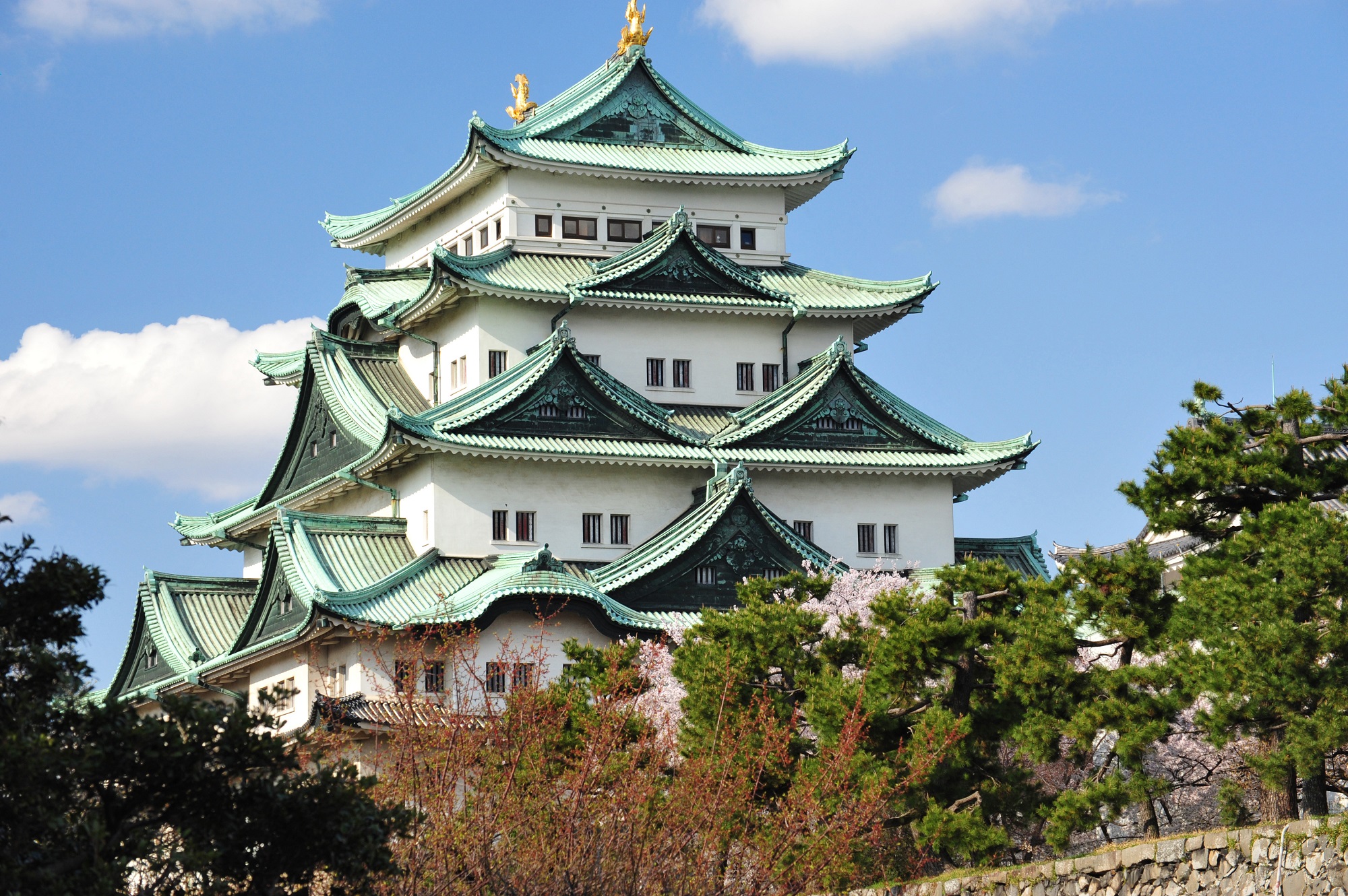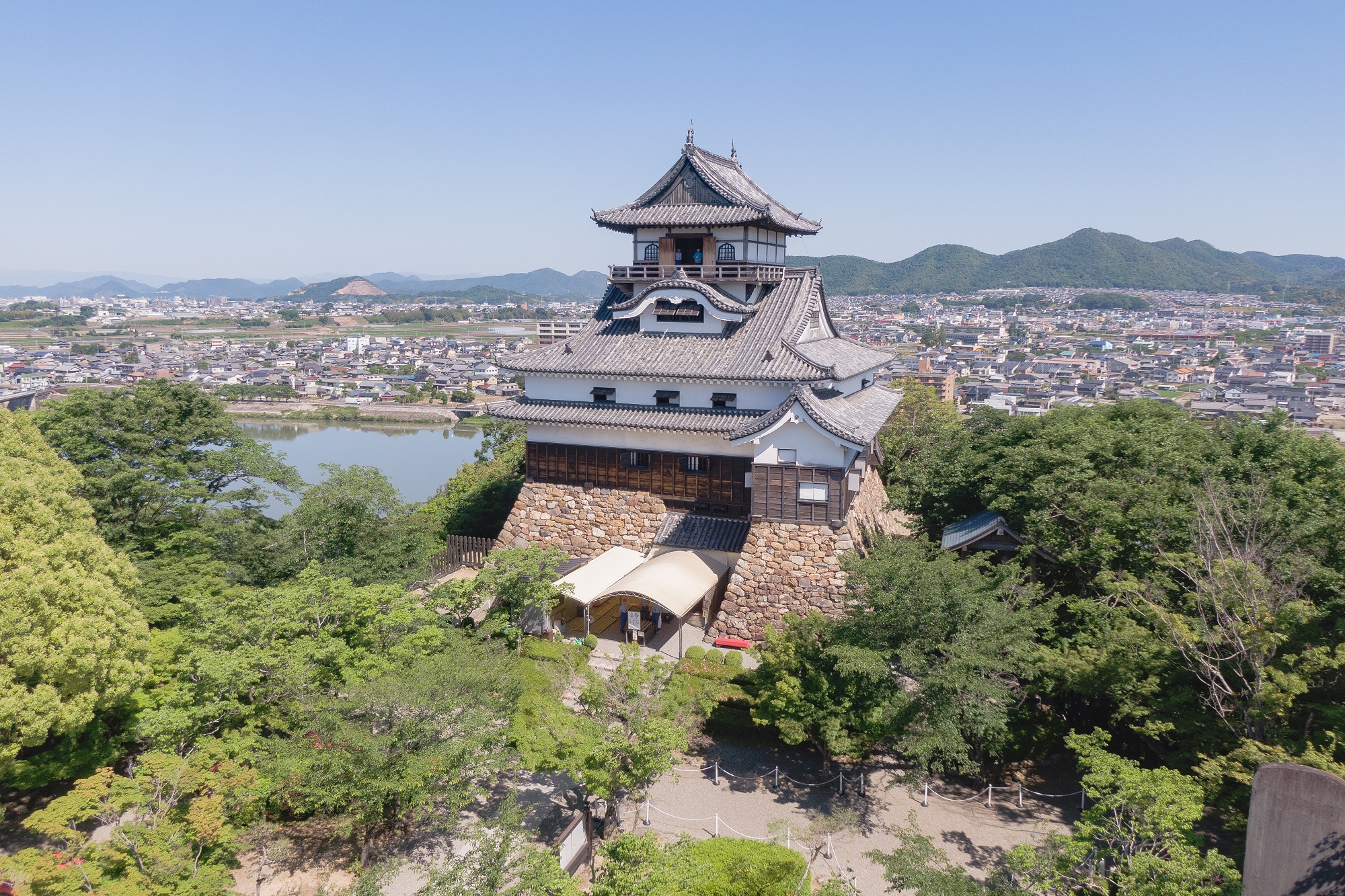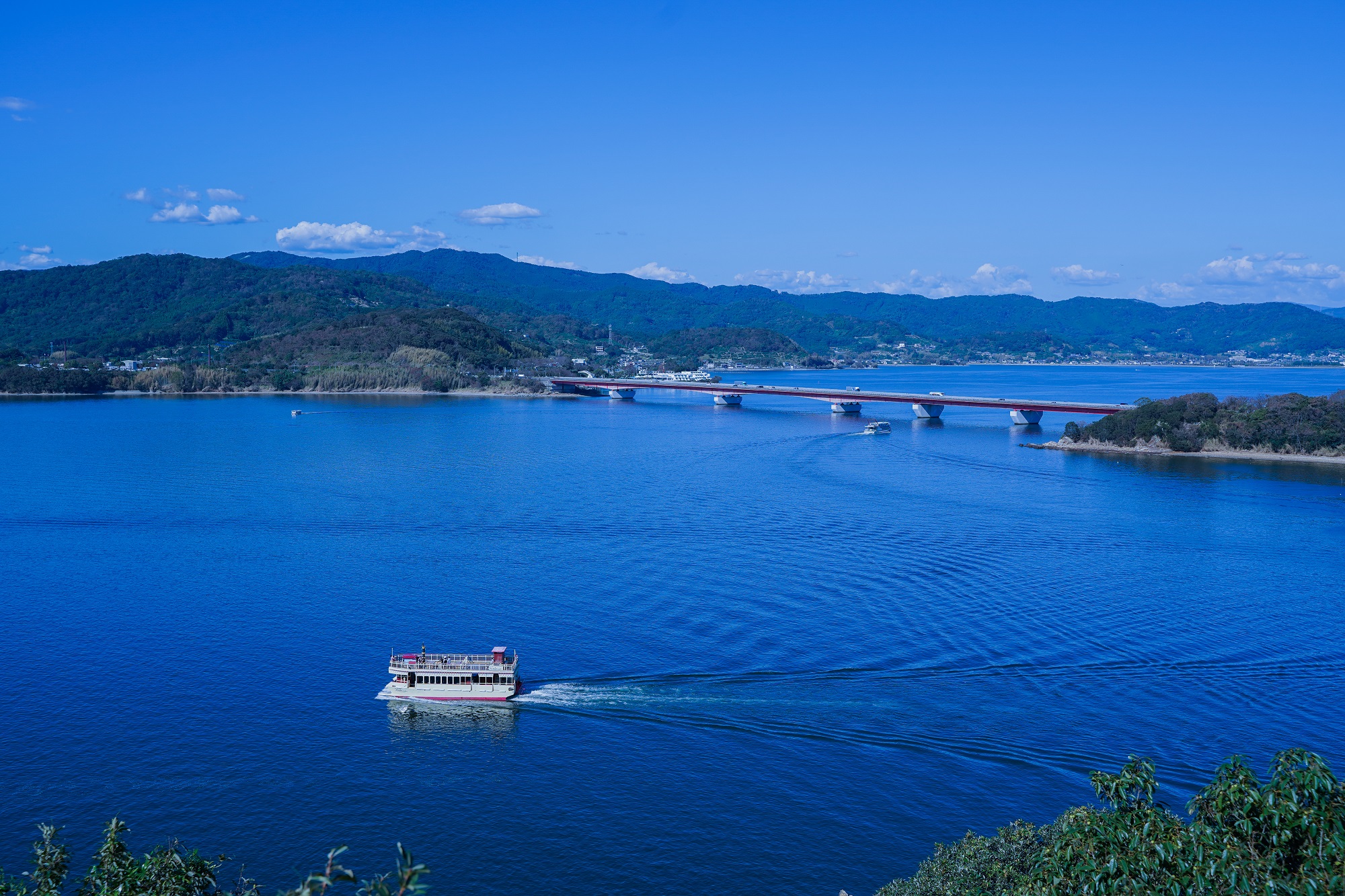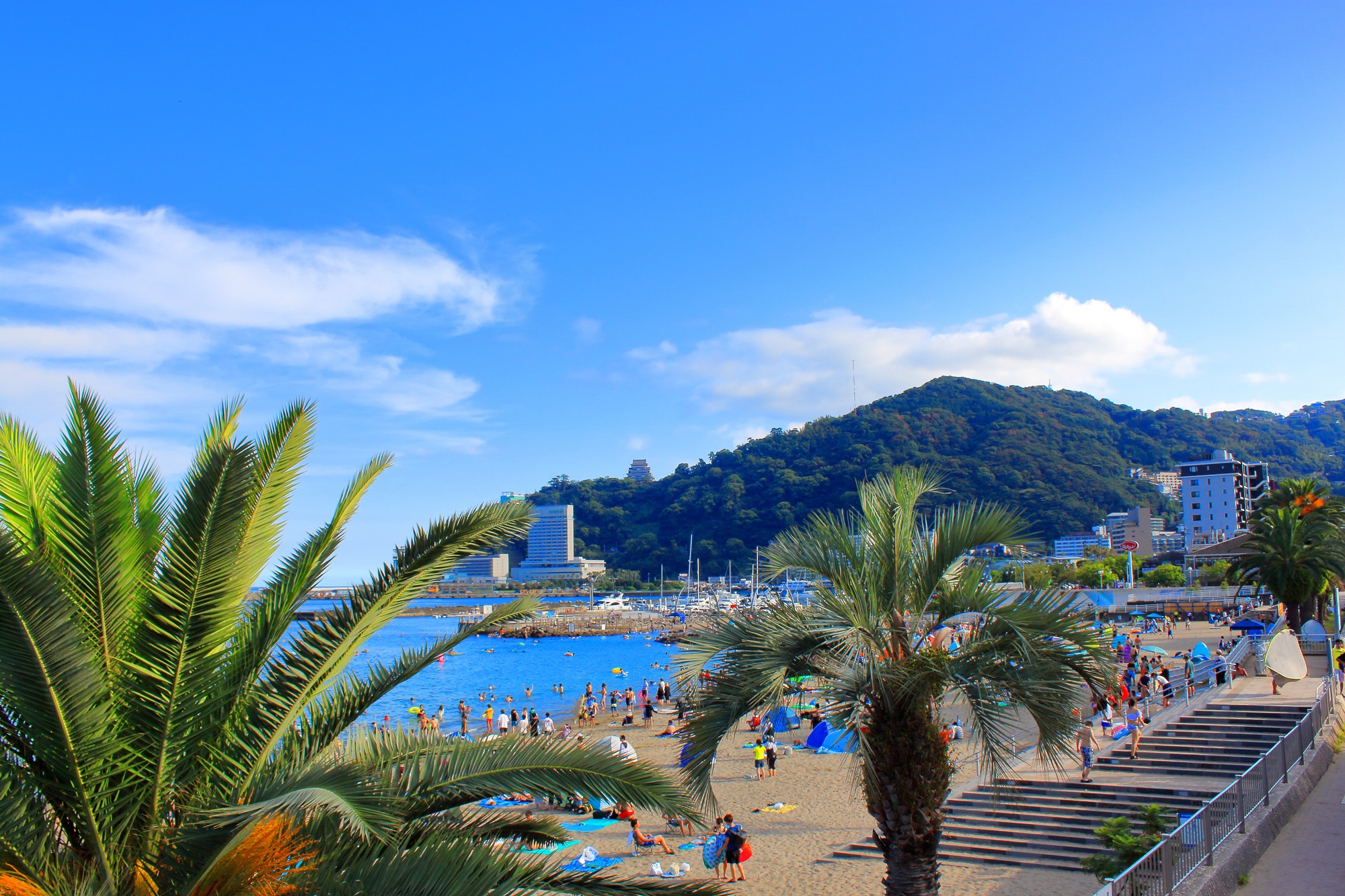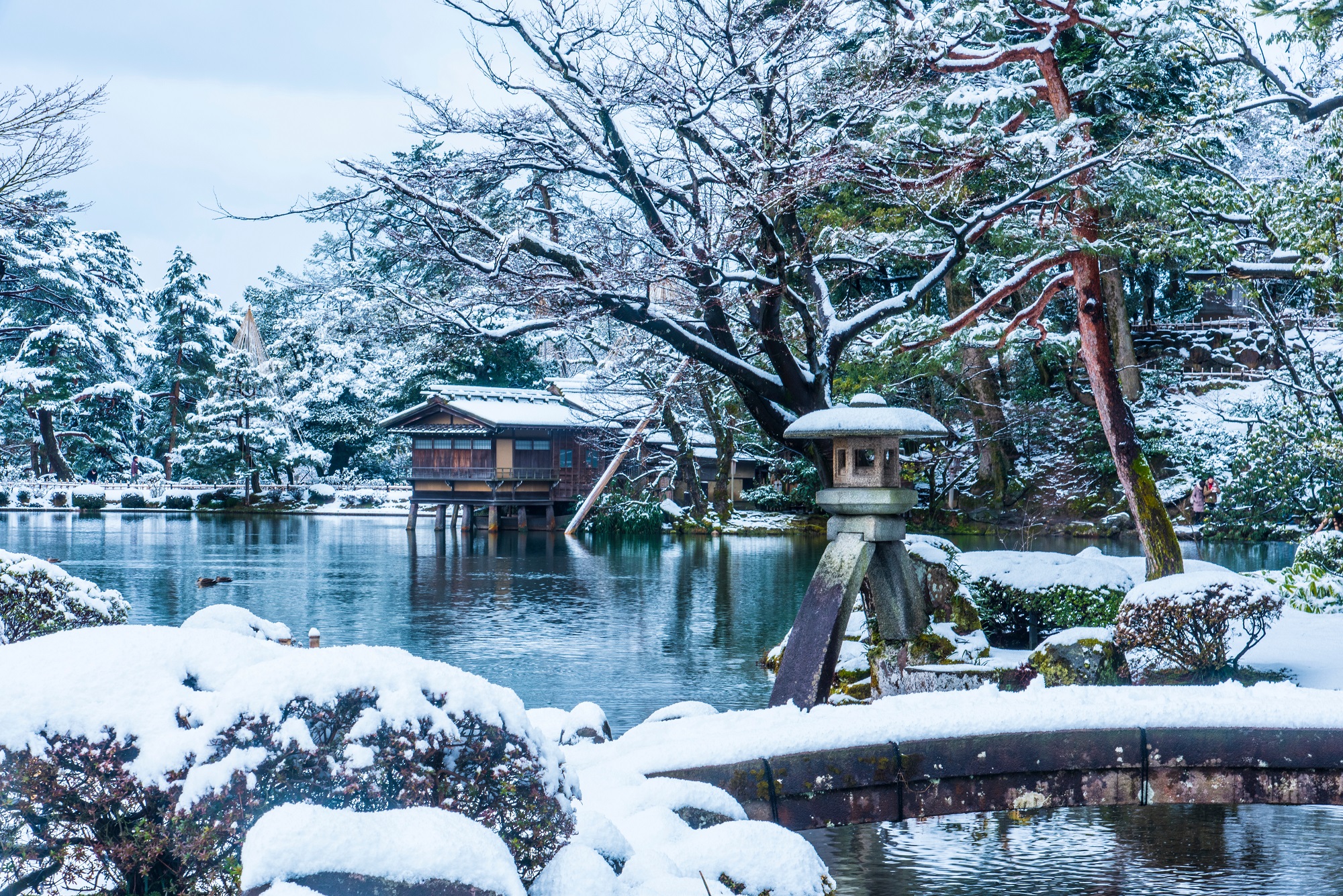Castles/城
The History of Japanese Castles
Originally built to protect farmland and crops from hostile neighbors or invaders, fortified structures have existed in Japan for over two thousand years. Around the 7th century, the castle Mizuki was built in Fukuoka to protect against foreign attacks. The fortress did not have the structures one commonly associates with castles today, consisting of earthworks and a moat. When the samurai appeared on the scene in the 10th century, castles developed to protect residential areas and function as defensive facilities to be used in times of war.
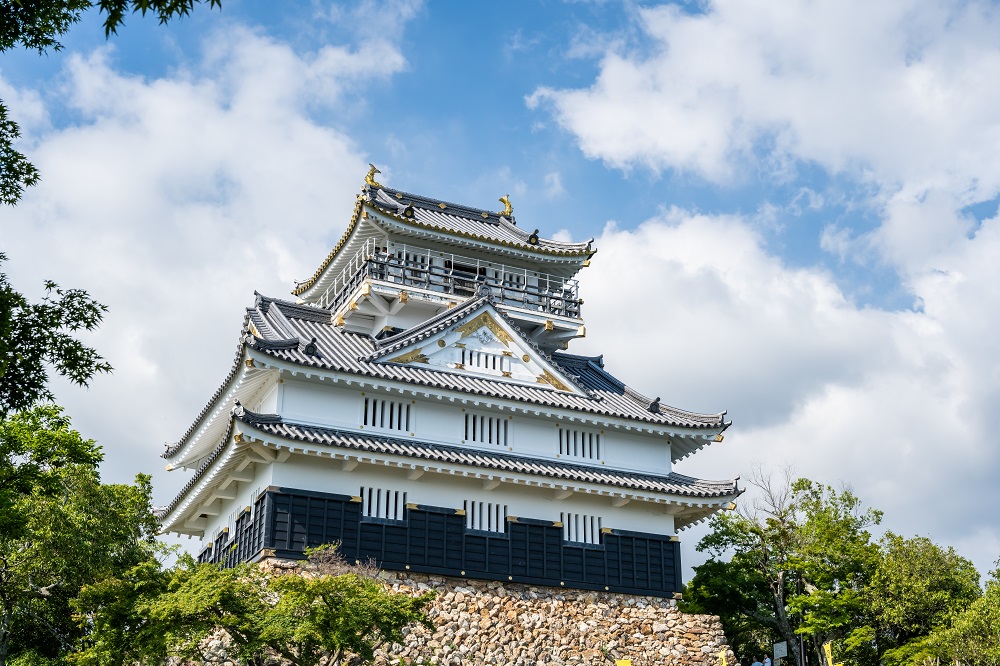
The castles of this time were “mountain castles,” sitting atop mountains or hills that were often carved out to enhance their defensive features. With their steep slopes and cliffs, these castles were not suitable for conducting political affairs. The advent of firearms in the 16th century made it necessary to maintain distance from the enemy, leading to the development of wide moats. Over time, castles came to be built on mountains or hills with gentle slopes (flatland mountain castles) and flat, open plains (flatland castles). Castle towns developed around them, as both samurai warriors and common townspeople settled down to live around the castles.
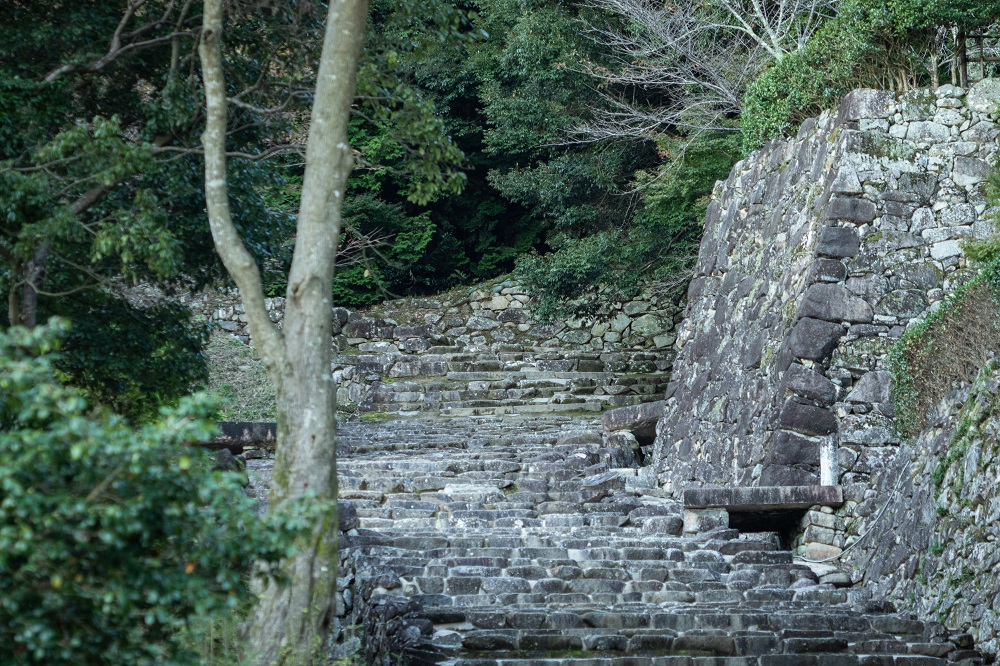
Flatland mountain castles were built on low mountains or hills, surrounded by flat land. The honmaru (central bailey) was built at the top of the hill, while other structures such as the ninomaru (the section that protects the honmaru) and sannomaru (the section protecting the ninomaru) were built in steps going down to the foot of the hill, connecting to the flat land (other theories exist as well). The first such flatland mountain castle was Azuchi Castle. Built by Oda Nobunaga Oda, it is characterized by the soaring keep built in its honmaru. Since the construction of Azuchi Castle, many castles have included such a keep, built as the symbolic face of the castle. In addition, vassals were made to live around the castle, leading to the development of castle towns.
Later on, flatland castles were built on flat land, using natural rivers and swamps, as well as artificially constructed moats as defensive barriers. As castle-building techniques developed, it became possible to construct large moats and high, sturdy stone walls. This enabled the building of near-impregnable castles on flat land, and as a result, castles came to play an increasingly important role as political and economic centers. Nagoya Castle and Matsumoto Castle are examples of such castles.
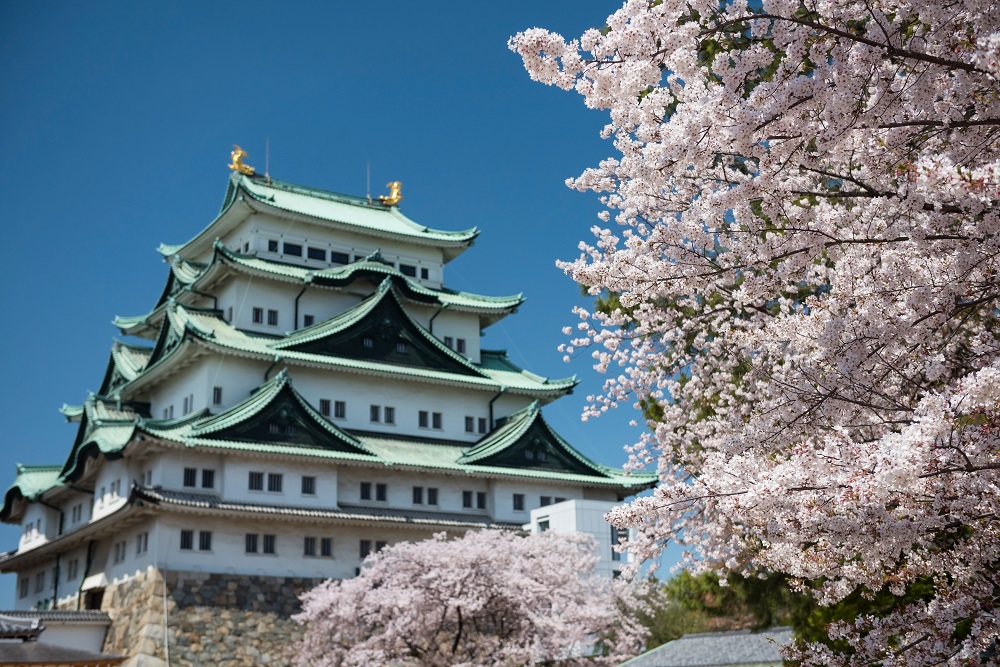
Types of Castles
Of the many castles that once existed, only twelve remain that were built before the Edo Period (1615) and still retain their original, iconic castle keeps that have come to symbolize Japanese castles. They are Hirosaki Castle (Aomori Prefecture), Matsumoto Castle (Nagano Prefecture), Maruoka Castle (Fukui Prefecture), Inuyama Castle (Aichi Prefecture), Hikone Castle (Shiga Prefecture), Himeji Castle (Hyogo Prefecture), Matsue Castle (Shimane Prefecture), Bitchu Matsuyama Castle (Okayama Prefecture), Marugame Castle (Kagawa Prefecture), Iyo Matsuyama Castle (Kagawa Prefecture), Uwajima Castle (Ehime Prefecture), and Kochi Castle (Kochi Prefecture).

Many of the castle keeps that exist today are reconstructions. Those that were built as faithful reconstructions of the original structures are called “restored castle keeps.” Those that went as far as reproducing the interior structures, using the same materials and building techniques as the originals, are called “wood-construction reproduced castle keeps,” while those that were reproduced using modern materials and building techniques—such as reinforced concrete—are called “exterior restored castle keeps.” Castles with keeps that differ from the originals are called “reconstructed castle keeps,” while those that did not originally have castle keeps but received newly built ones are called “mock castle keeps.”
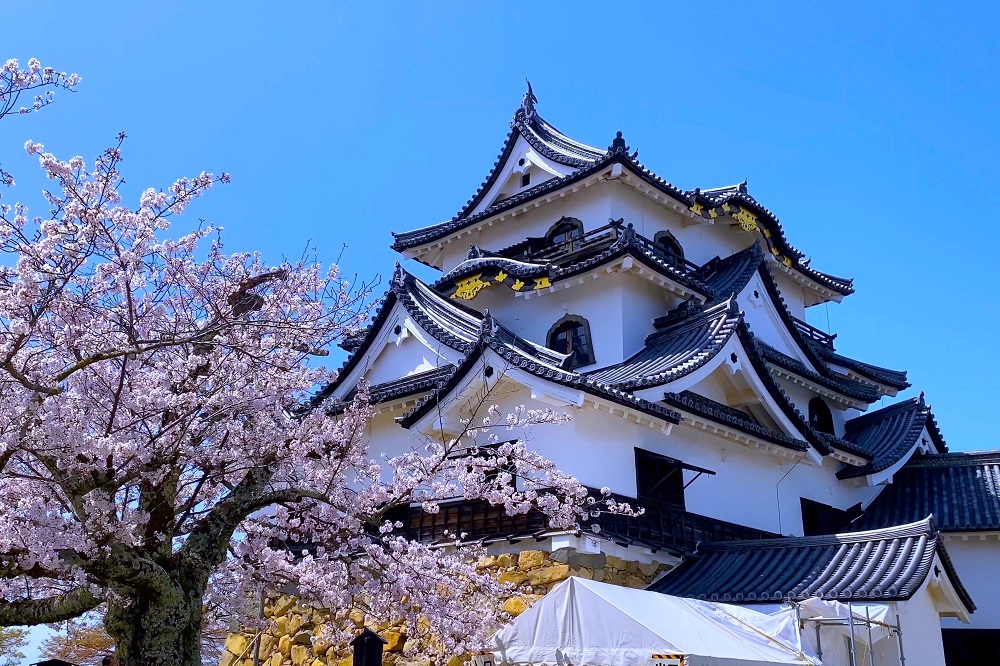
Visiting Castles
When most people think of a Japanese castle, the first thing that comes to mind is the castle keep. Unsurprisingly, the keep is therefore the main attraction. Castle keeps were originally built as military facilities, serving as fortresses and the final defensive position of a castle. Although almost never used in normal, everyday life, they were built to symbolize the authority of the lord of the castle. The lord of the castle actually had his living quarters in a place called the goten, many of which were divided into an oku-goten (the lord’s private quarters) and omote-goten (the place to conduct political affairs). It is not unusual to have several goten within the same castle, such as a honmaru goten in the central bailey and a ninomaru goten in the second bailey. Omote-goten were lavishly decorated places for lords to meet with their vassals and receive visitors.
Turrets were built at vantage points and served not only as storehouses for weapons and food, but also as watchtowers to look out for approaching enemies and as locations from which to shoot bows and firearms during battles. Castles had several turrets to be used as defensive strongpoints. The larger ones were used as substitutes for the castle keep in castles that did not have a keep.
The castle gate, stone walls, and moat are also worthy of attention. Each castle had its own unique structure and layout to match the local terrain and climate, as well as the defensive strategy of its occupiers. Taking a tour around a castle will be even more fascinating if you try to imagine how it was built in an era without heavy machinery or computers.
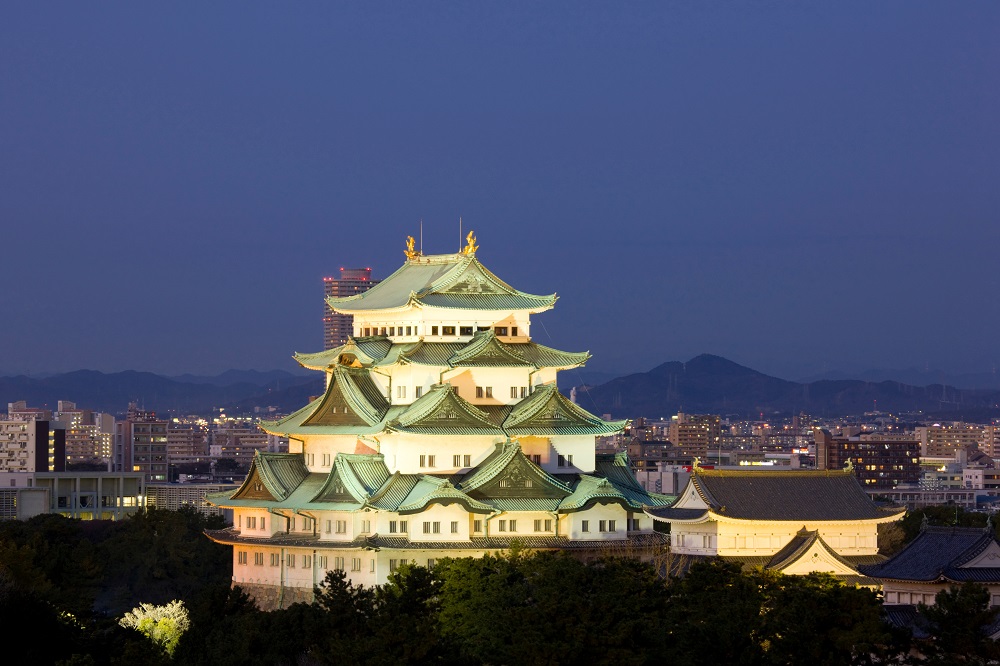
Destinations
Nagoya Castle/名古屋城(Aichi)
The icon of Nagoya is without a doubt Nagoya Castle (Nagoya-jo), which was built by Tokugawa Ieyasu after the Battle of Sekigahara in the year 1600. This castle, intended as the residence of the Owari....
Inuyama Castle/犬山城(Aichi)
Built in 1537 by Oda Nobuyasu, the uncle of the famous warlord Oda Nobunaga, Inuyama Castle is the symbol of Inuyama City. The castle's keep is the oldest still standing in Japan, and the castle as a ....
Lake Hamana/浜名湖(Shizuoka)
Lake Hamana is a brackish-water lake that spans the boundaries of Hamamatsu and Kosai cities. With a circumference of 114 km, it is the largest brackish-water lake in Japan. Eels, seaweed, oysters, an....
Atami/熱海(Shizuoka)
Atami is celebrated as one of the finest hot spring resorts in Japan. It is said that not only did Tokugawa Ieyasu visit Atami Onsen for a hot-spring cure, but he also had the restoratively gentle spa....
Matsumoto Castle/松本城(Nagano)
Matsumoto Castle is Japan's oldest five-tiered castle with a six-story keep, and one of only 12 castles in the country with a keep that dates back pre-Edo Period (1600/1603-1868). Currently, only two ....
Gifu Castle/岐阜城(Gifu)
Gifu Castle, formerly known as Inabayama Castle, was Saito Dosan during the Warring States Period. Perched atop a rocky hill, this castle was reputed as being impregnable, and it was said that "whoeve....
Hikone Castle/彦根城(Shiga)
Hikone Castle was the residence of the Ii family, feudal lords who held important positions in the Edo shogunate and supported the reign of the Tokugawa family. In 1604, by order of Tokugawa Ieyasu, c....
Kenrokuen/兼六園(Ishikawa)
Kenrokuen is one of the three most famous gardens in Japan, alongside Okayama Korakuen in Okayama City, Okayama Prefecture, and Mito Kairakuen in Mito City, Ibaraki Prefecture. As one of the most famo....

